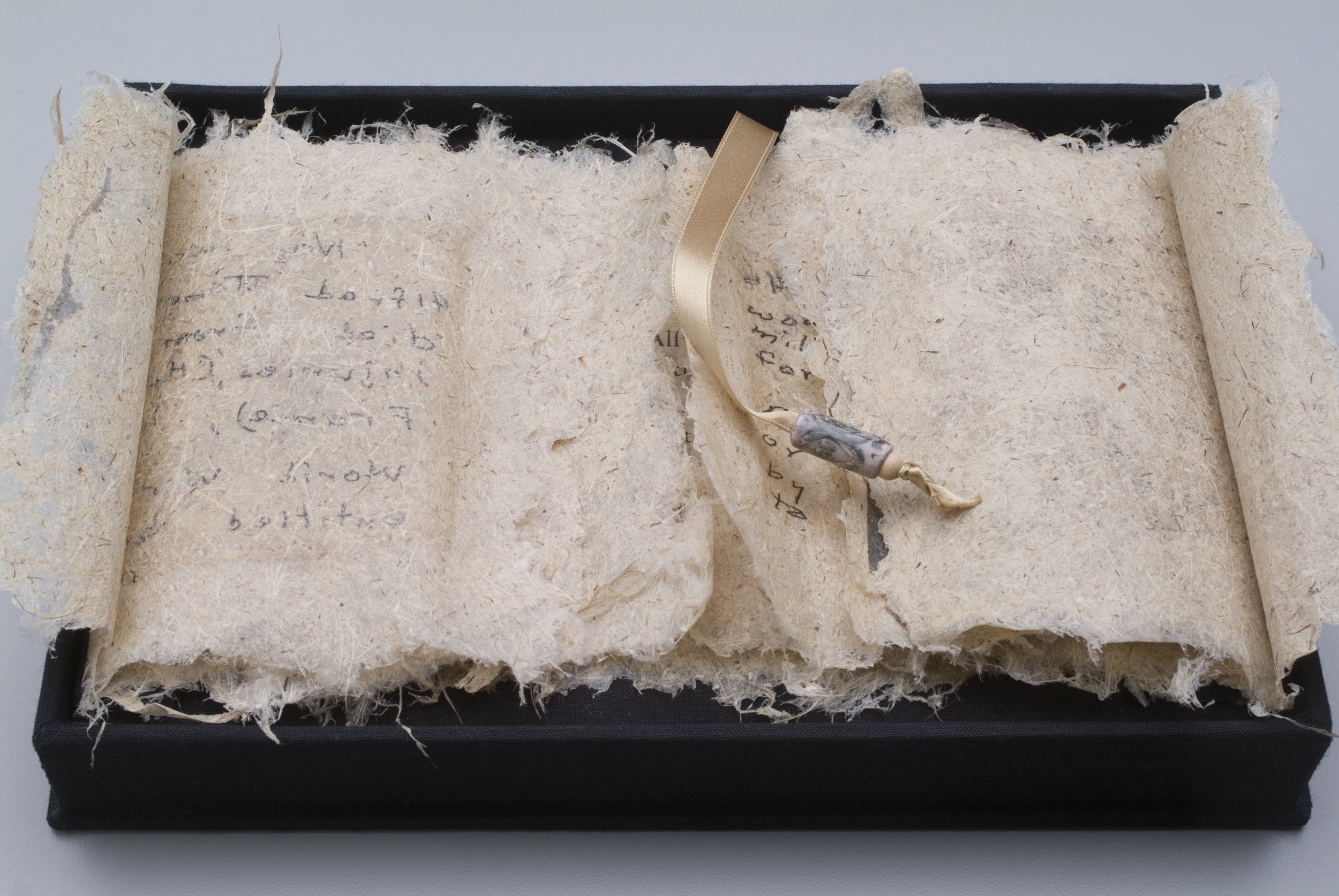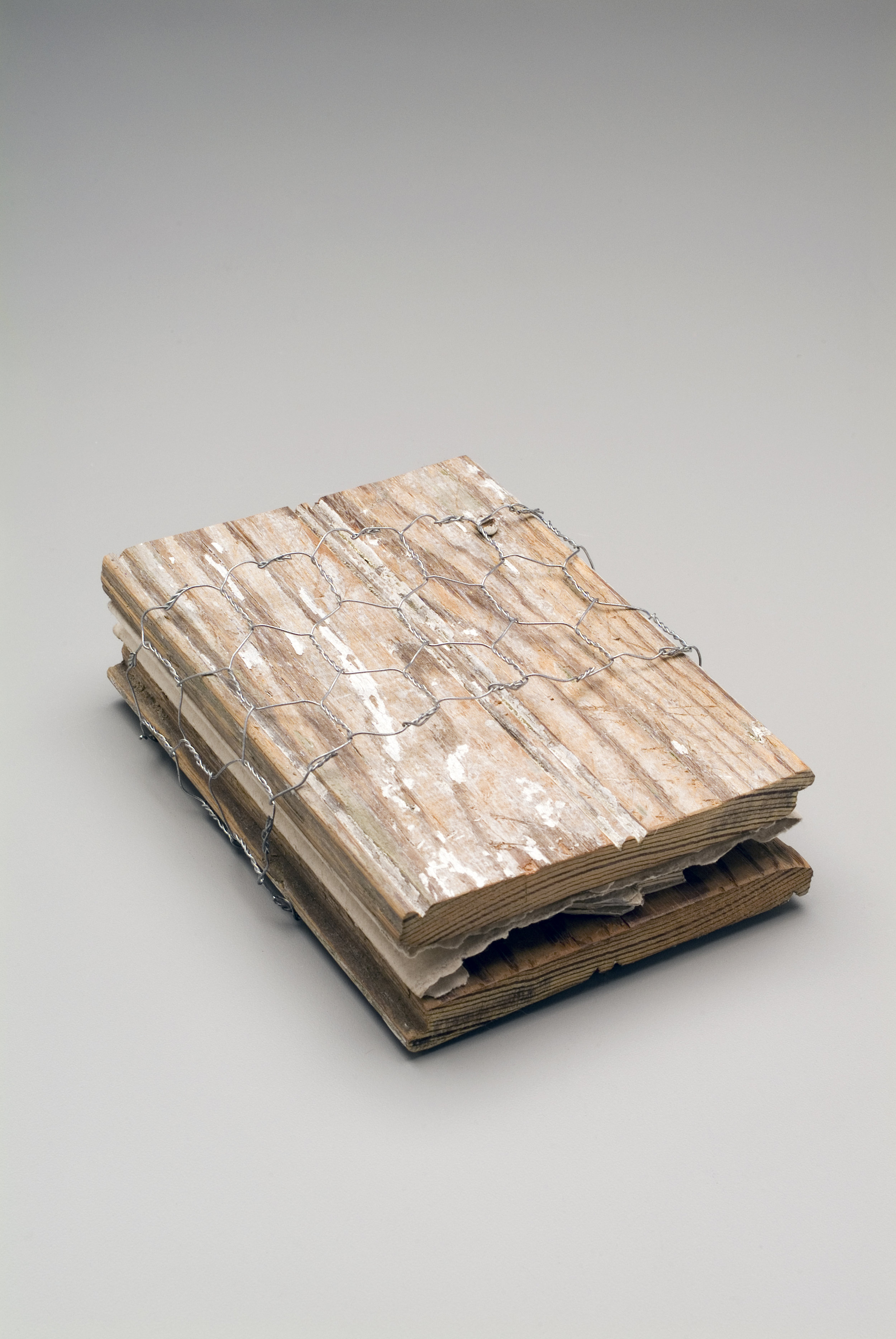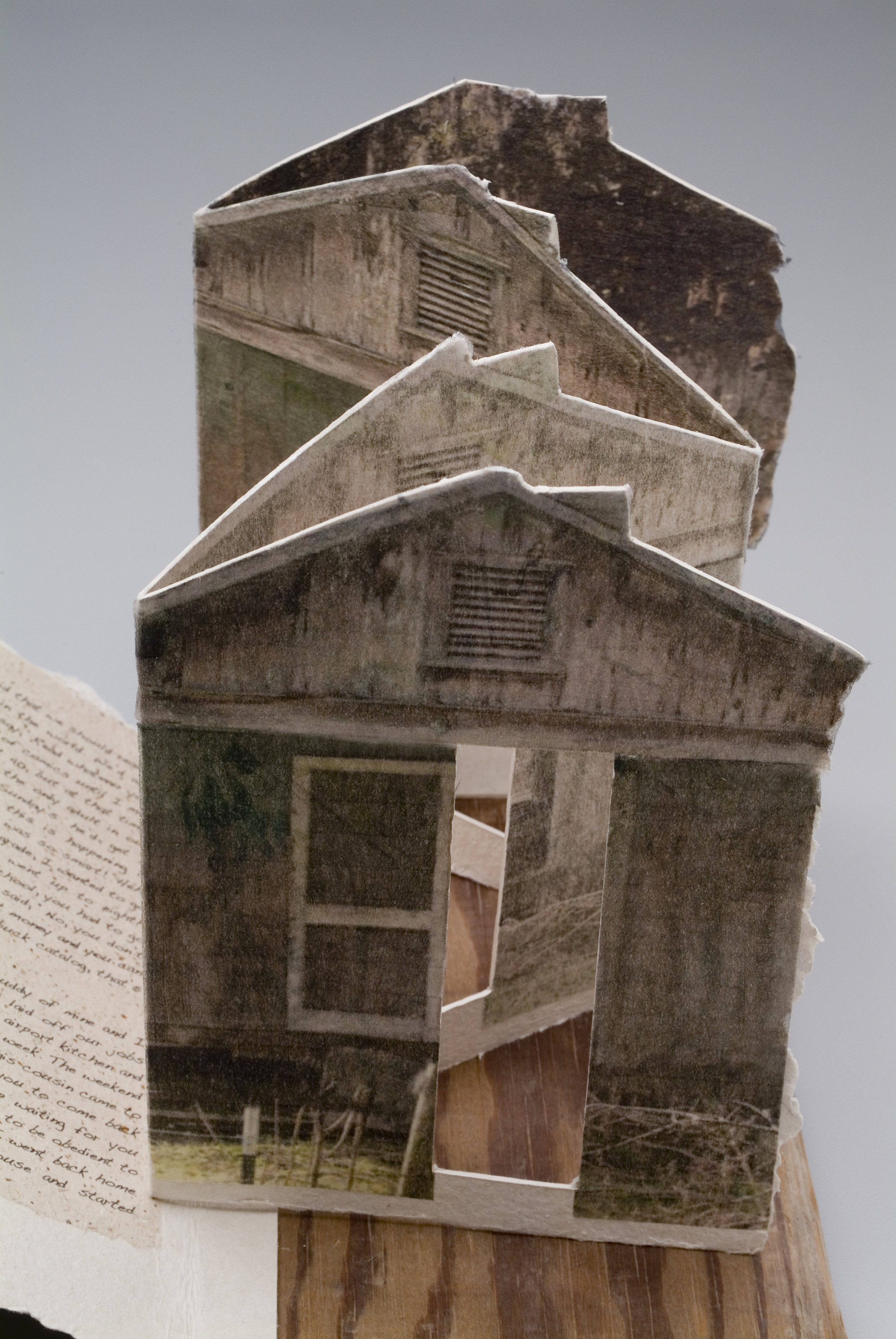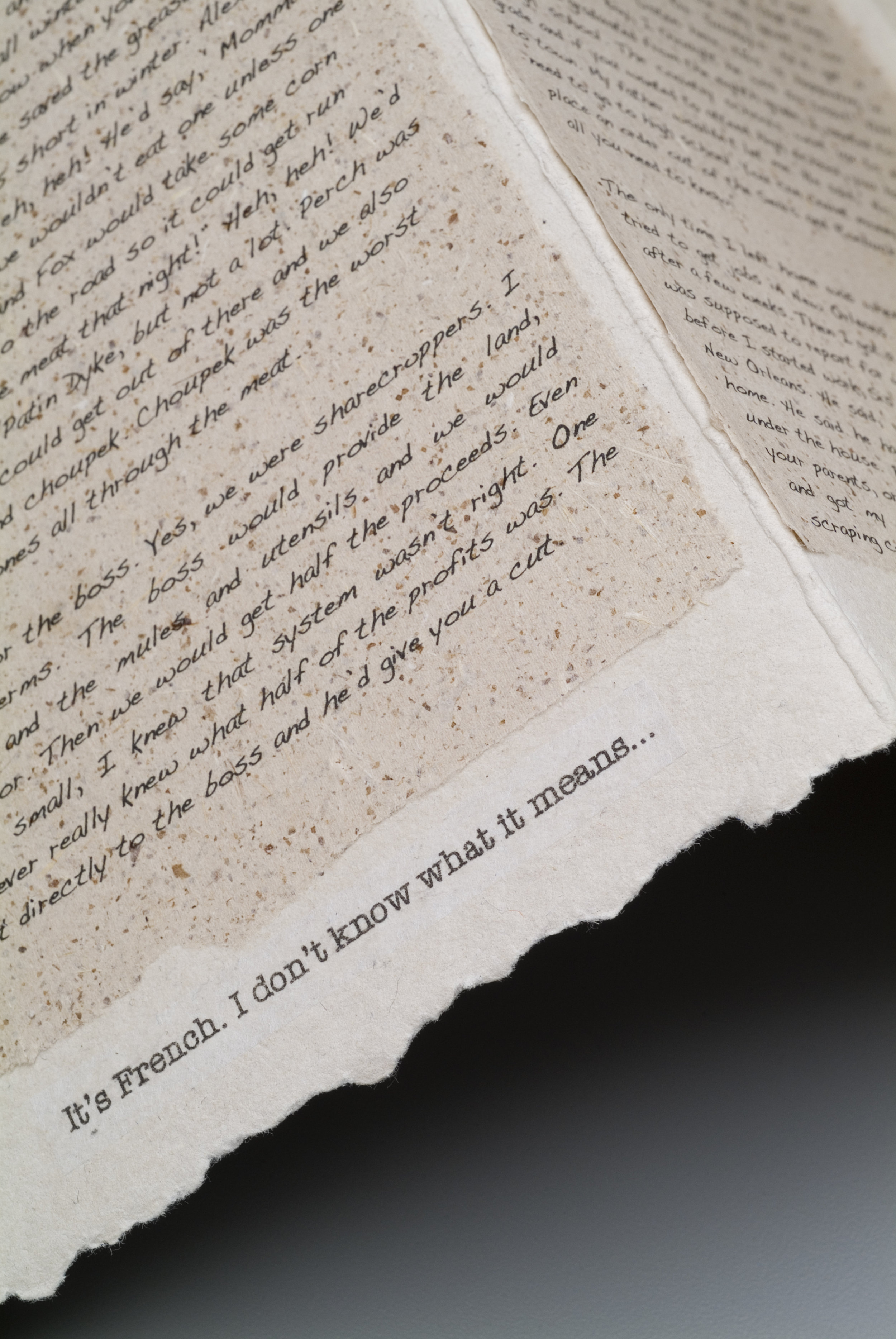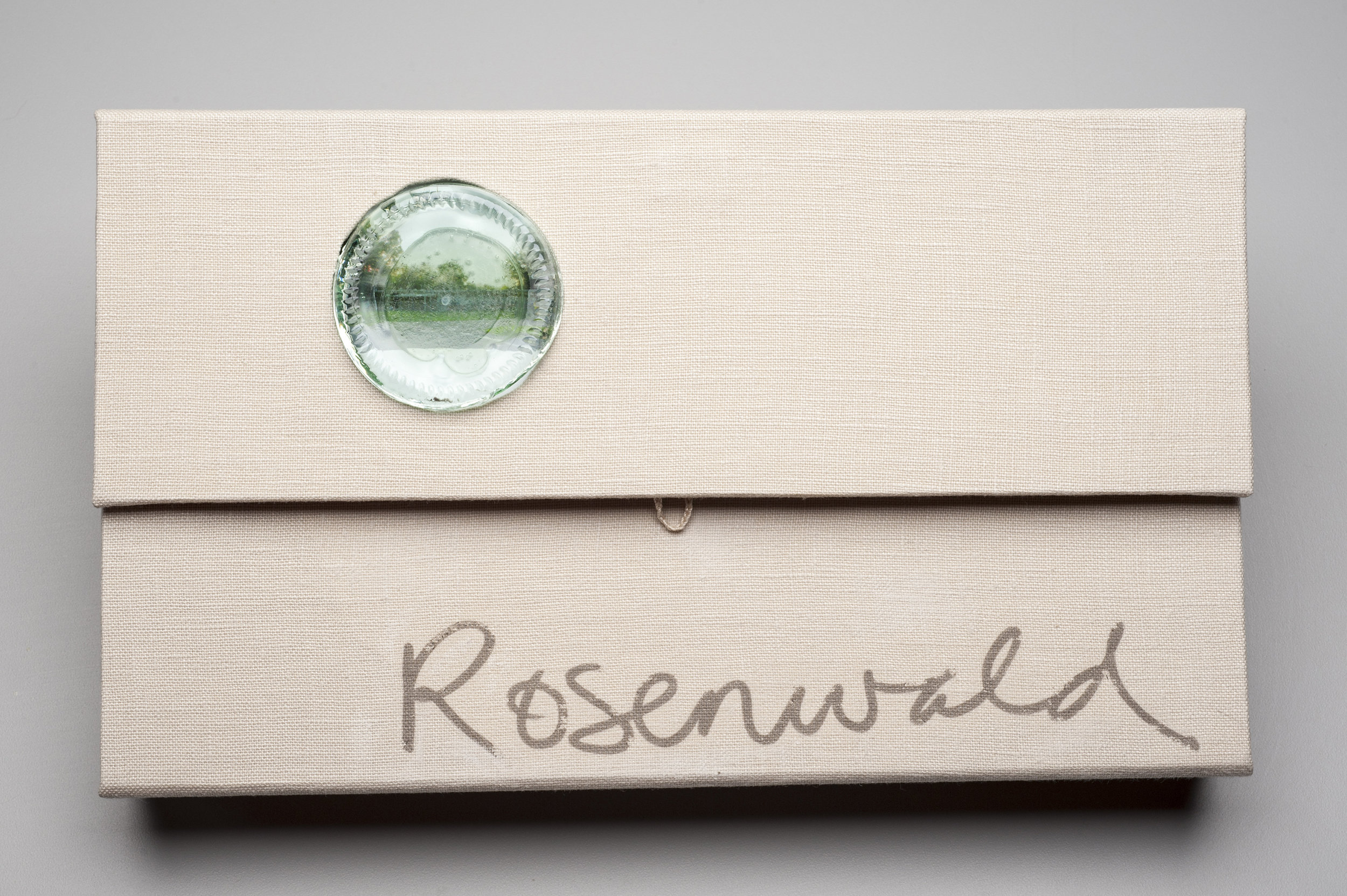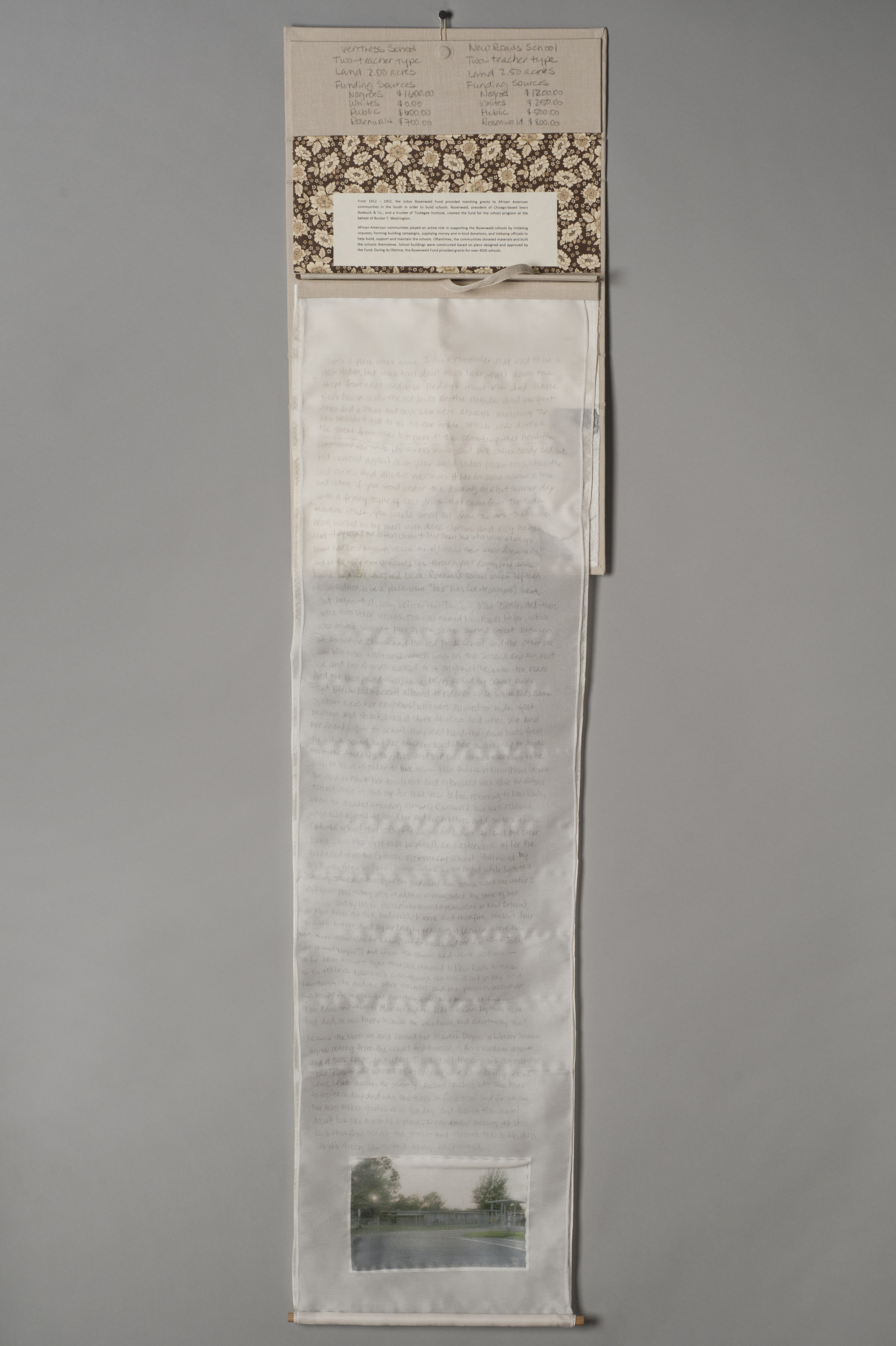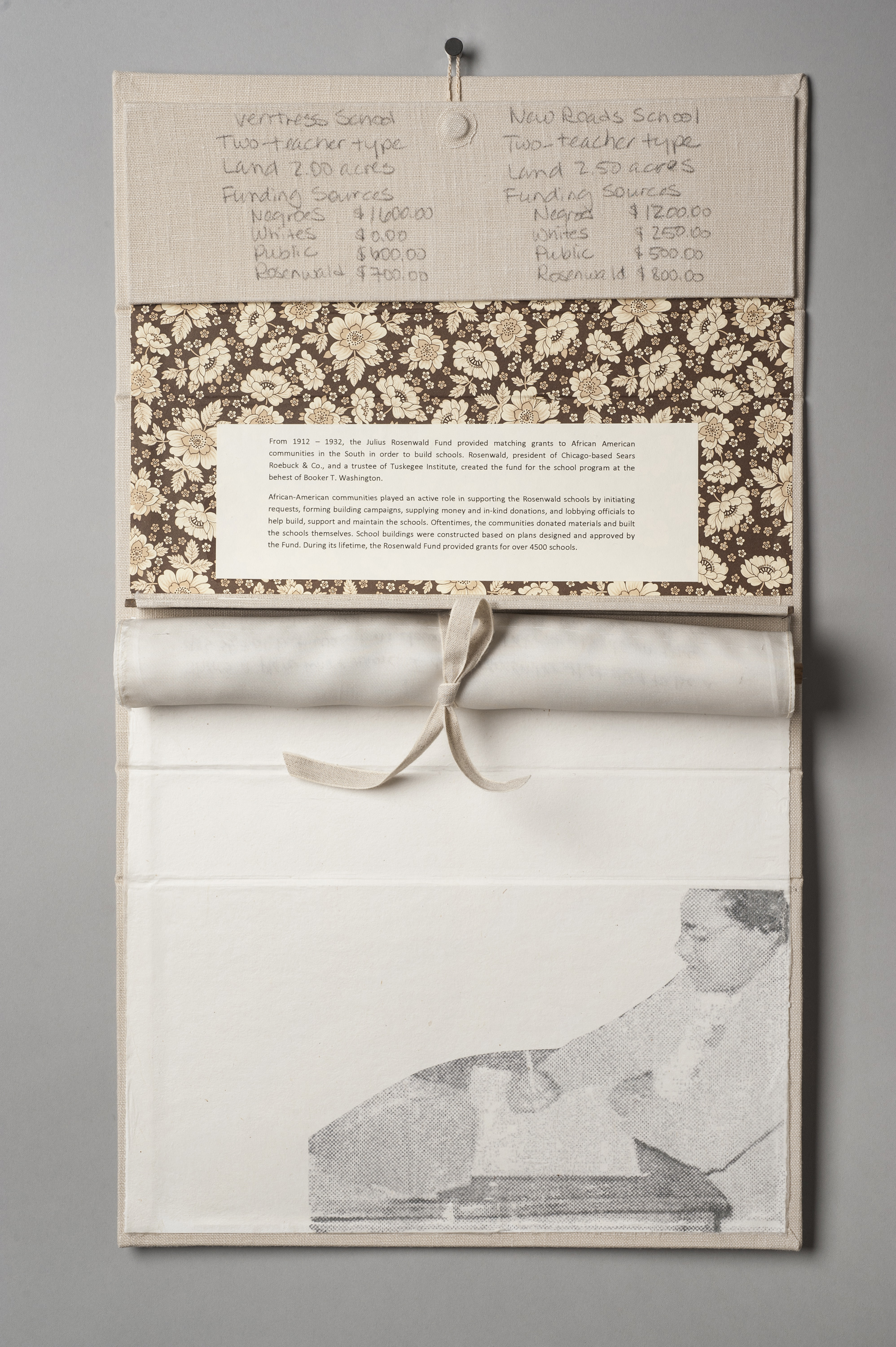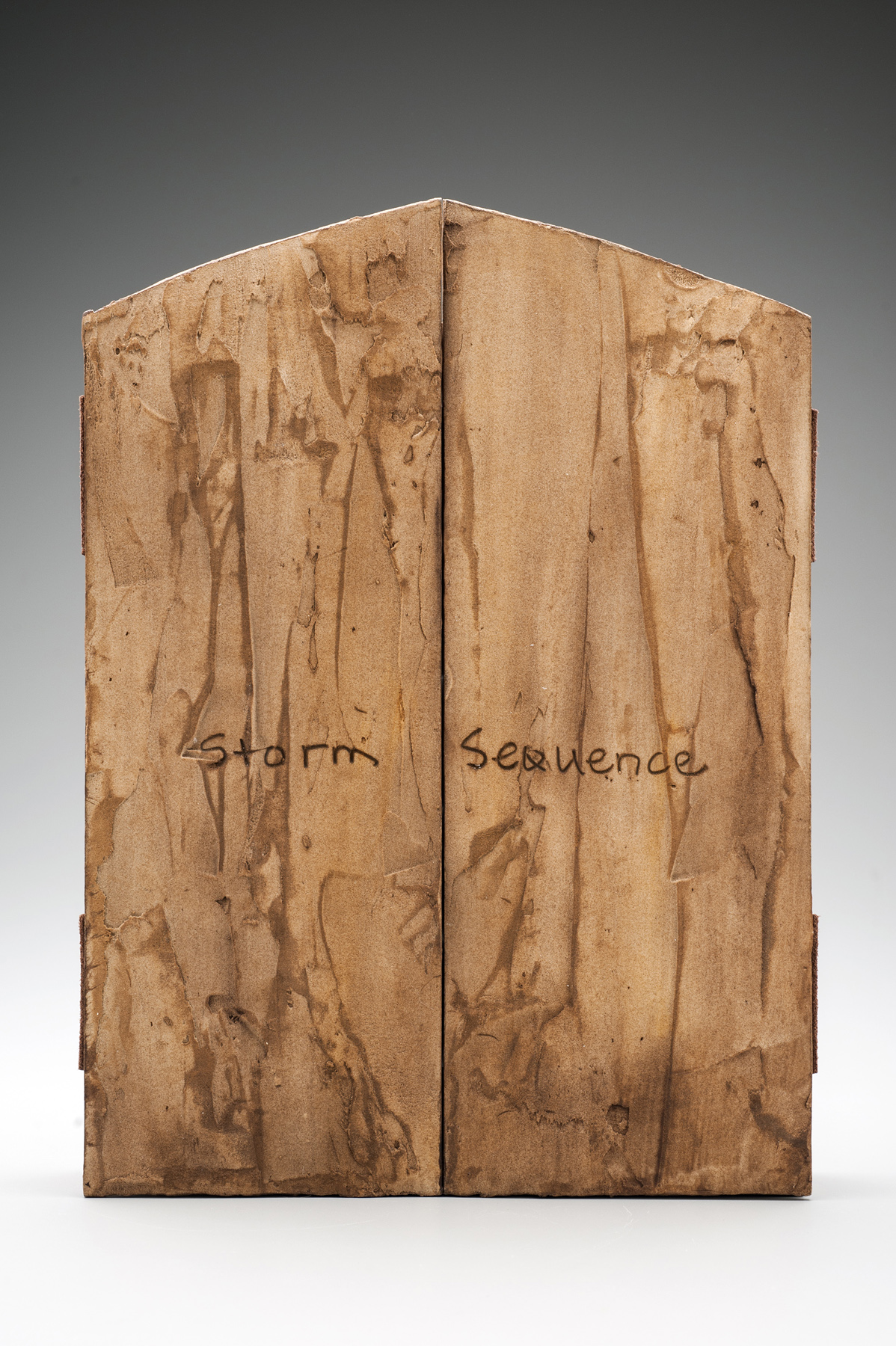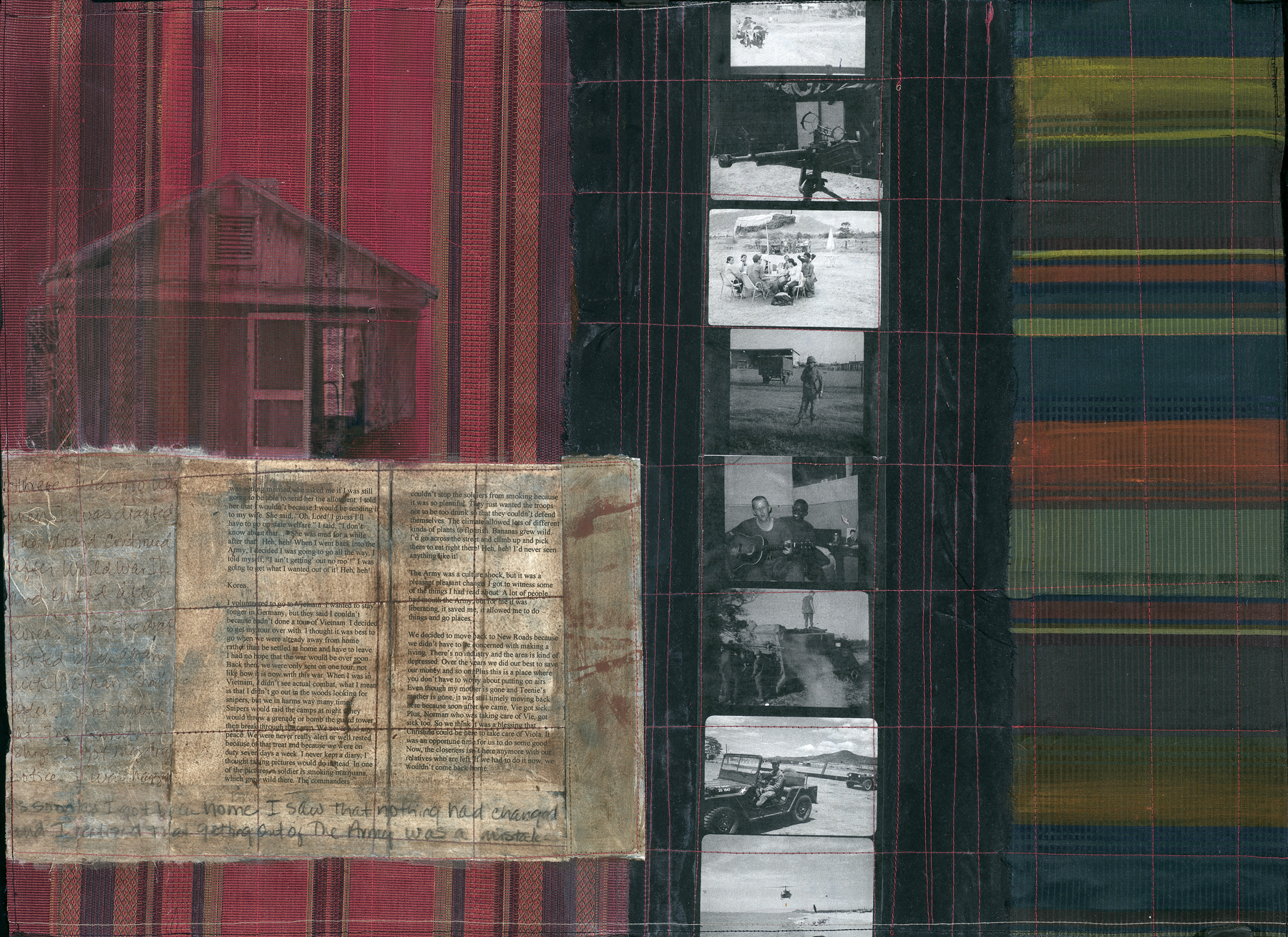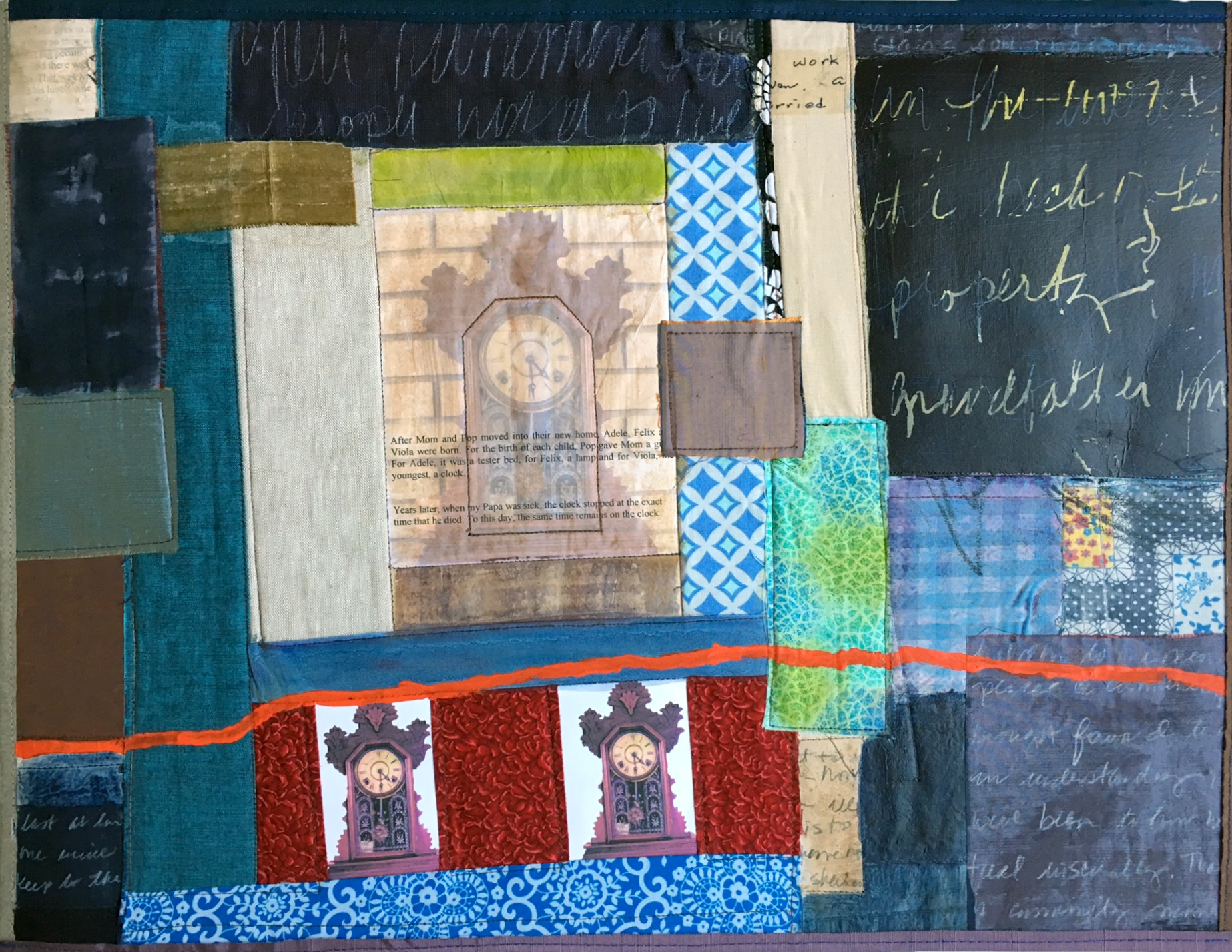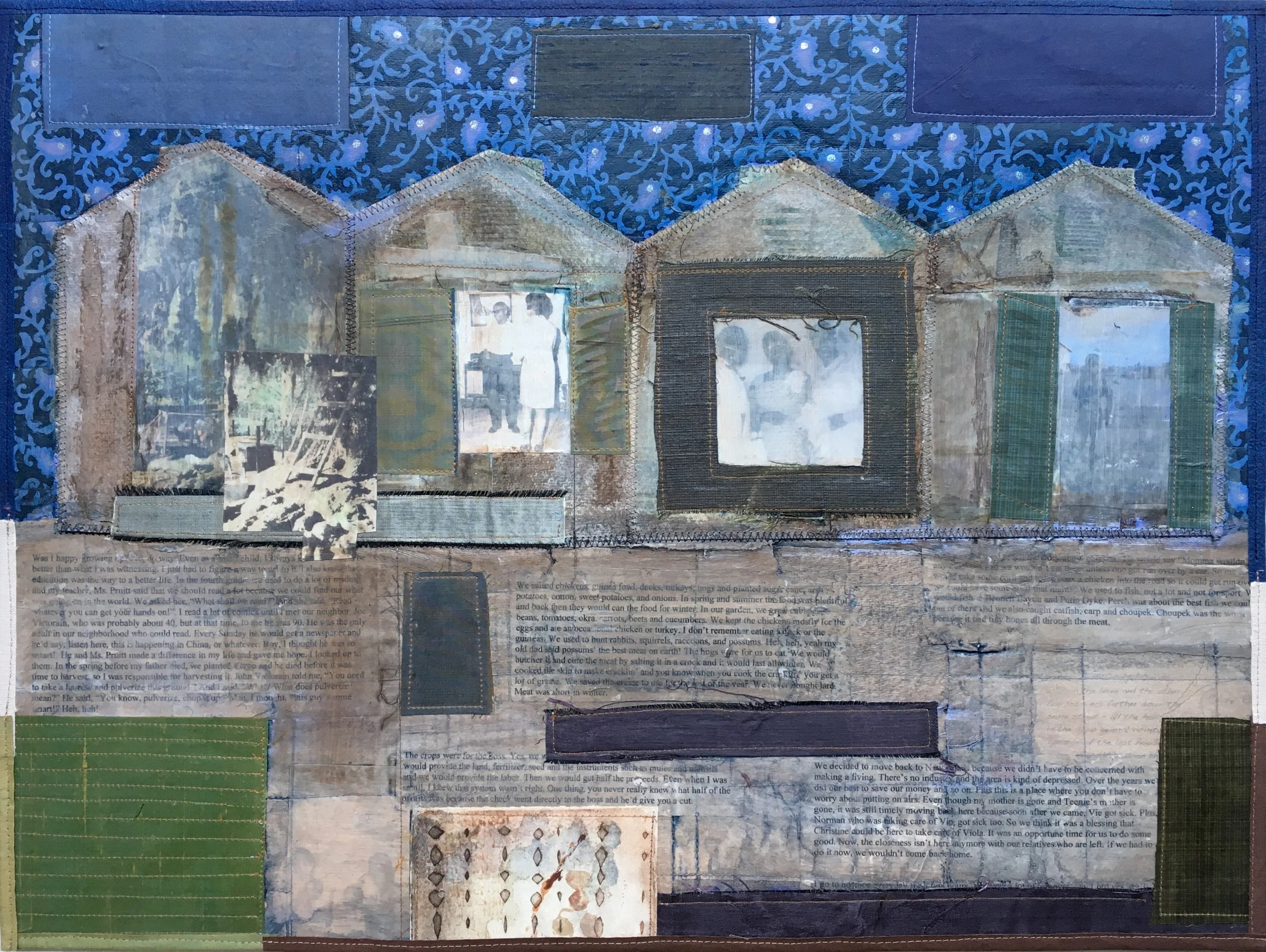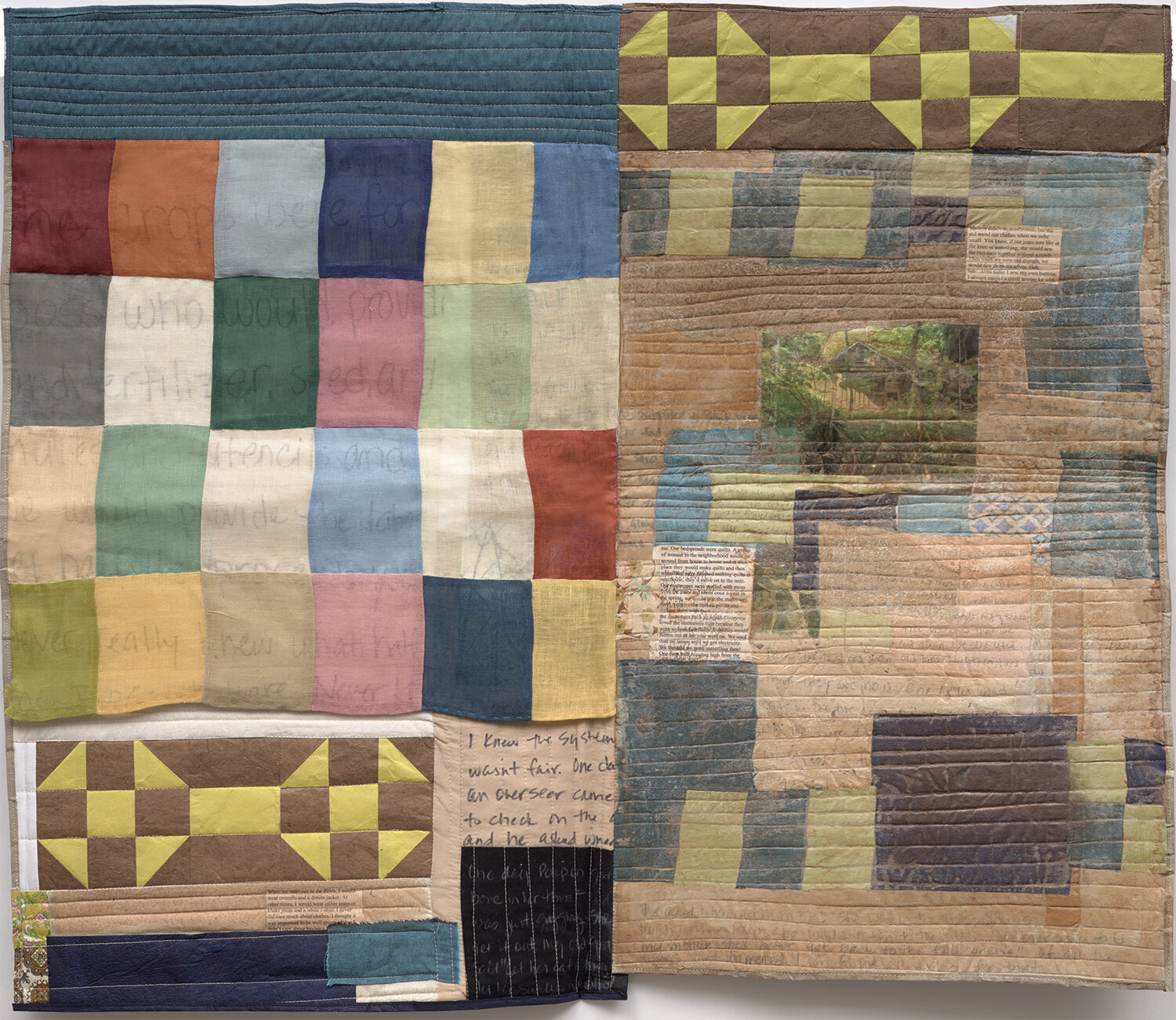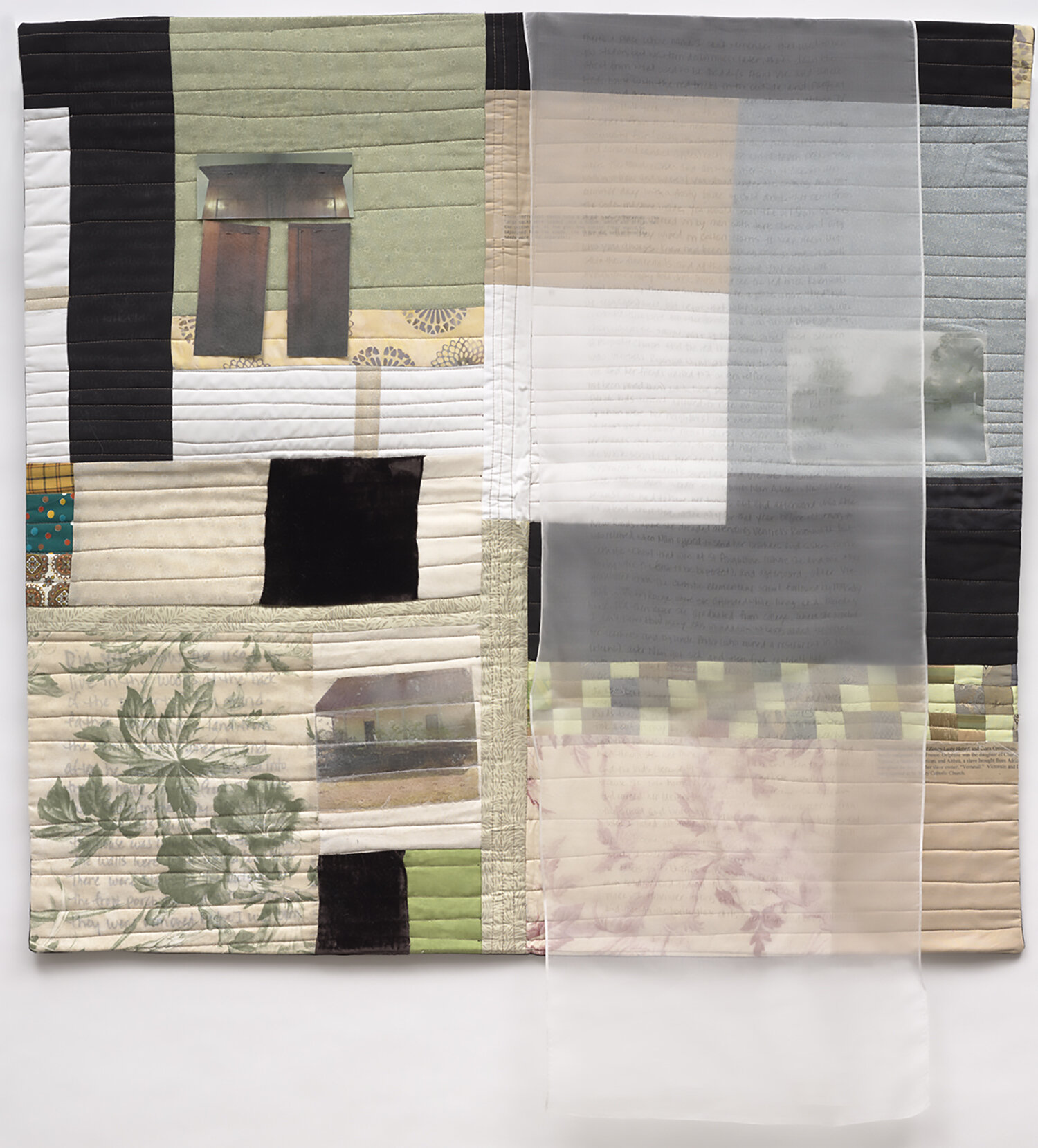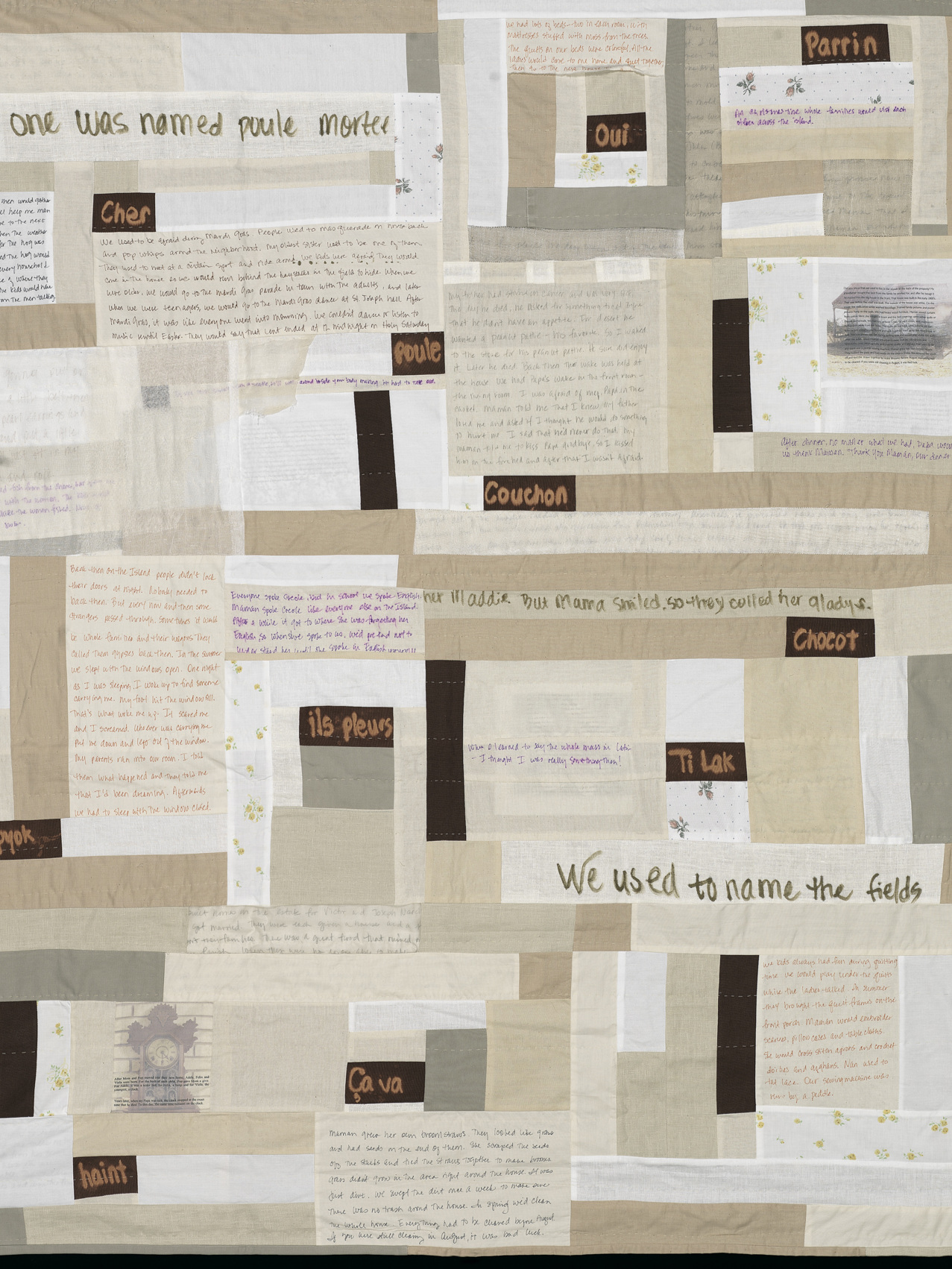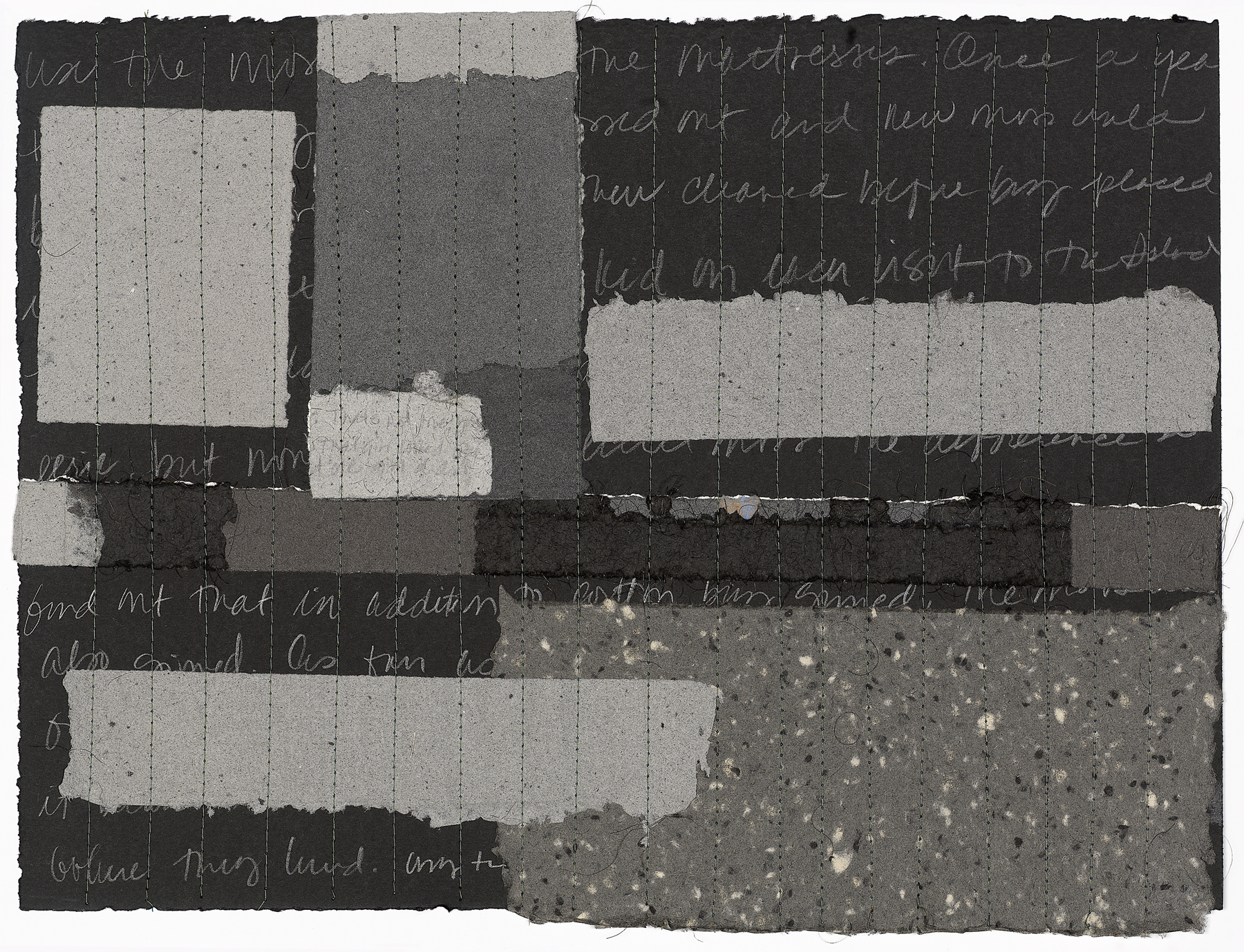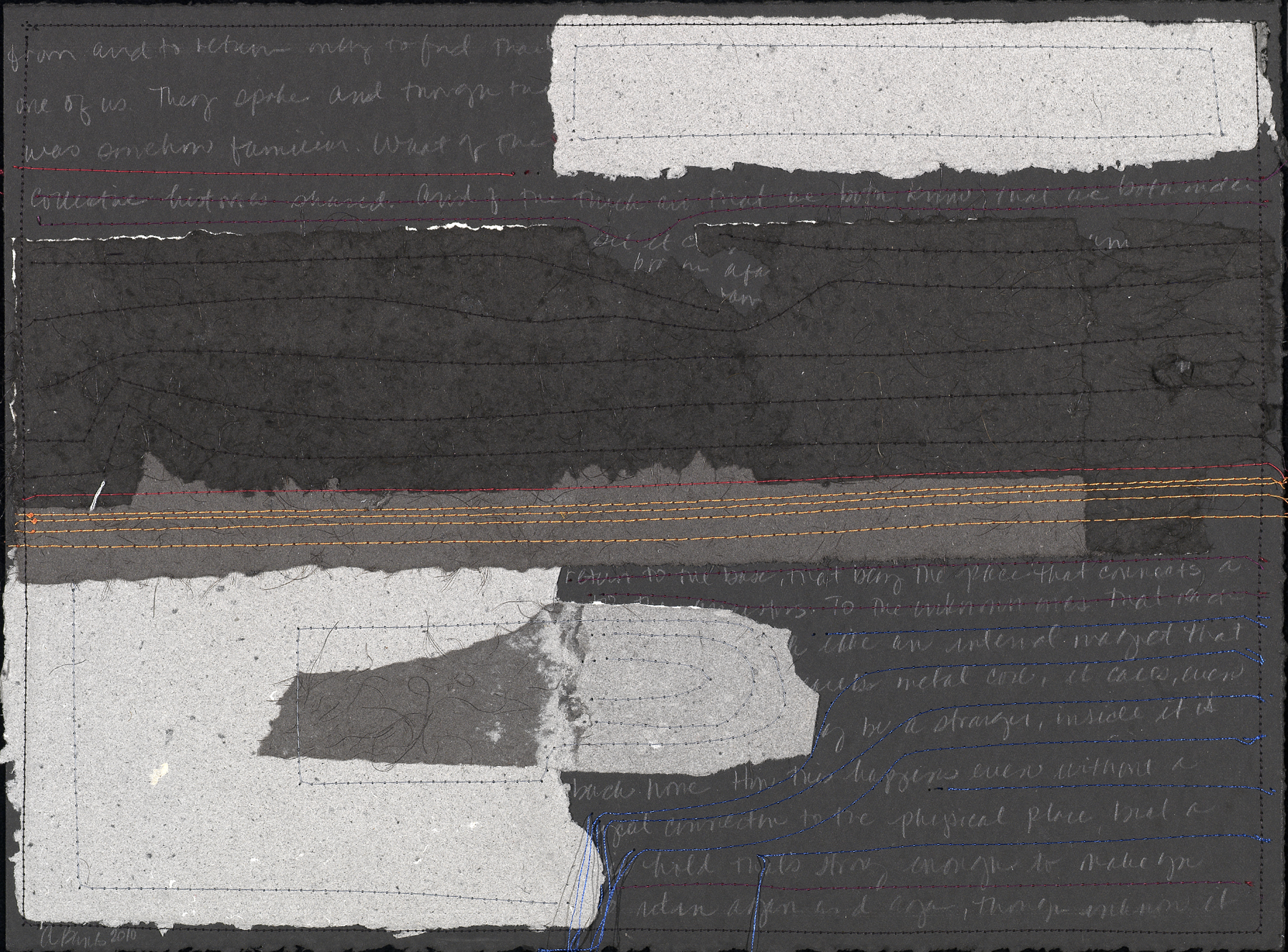home
My dad’s new duty station was at least a thousand miles away from our current home. We left for our new place just before dawn and were driving for hours, though probably not for as long as we thought, when my dad pulled over at the rest stop. We had just crossed over the state line, which was ceremoniously announced by both my parents and as soon as we passed the sign confirming this, I felt both excitement and worry.
It was a decent fall afternoon, which is to say there was a breeze and the sun shown without sweltering heat. Once situated under one of the rest stop shelters, which was shaped like a mini oil derrick, my mom pulled out the chicken that my dad’s mother fried for us even earlier that morning, or maybe more like last night. As she pulled back the foil, we got a good whiff of my grandmother’s peppery fried chicken. Though we could hear the cars and trucks whizzing by, the highway was a far enough distance to allow us to lose ourselves in thought as we savored our lunch. To any passerby, we were an anonymous family having a meal together, enjoying the weather and our travels. But my grandmother’s gift, while absolutely delicious (never before or afterward has any chicken anywhere tasted so good) brought with it memories of the last year of being as my parents put it, “back home.”
For the next four years, we would encounter only one relative, a cousin who visited us once for about a week, yet that place too, became home, as did all of my dad’s duty stations. Our perceptions of home provided a sense of individuality and connectedness. My grandmother’s gift of food, which is one example of the many gifts we would receive from relatives throughout the years, was a way of reminding us of our roots. With each move, as we crossed new terrain, our associations and experiences added to the fluid framework for what would be considered home. As adults, this came to include memories as well as rituals gathered through contact with other cultures.
The resulting framework can provide a greater understanding of home, ourselves and of others. It is within this context that I use needlework techniques, various materials, pattern, text and image as signifiers that reference Southern Louisiana culture, its connection to the African Diaspora, and personal history.
paintings
Books
mixed media
Size: 16”H x 22”
Media: Fabric, acrylic paint, charcoal, paper, pigment transfer, monoprint, thread
Size: 16”H x 21”
Media: Fabric, acrylic paint, charcoal, paper, pigment transfer, monoprint, thread
Size: 15”H x 20”
Media: Fabric, acrylic paint, charcoal, graphite, paper, pigment transfer, hair, thread
Size: 17”H x 22.5”
Media: Fabric, acrylic paint, charcoal, graphite, paper, pigment transfer, hair, thread
Size: 30”H x 36”
Media: Cotton, Linen, paper, marker, graphite, paint, thread, machine pieced and quilted.
Size: 34”H x 36”
Media: Cotton, silk, paper, pigment transfers, graphite, thread, machine pieced and quilted
Size: 64”H x 53"
Media: Cottons, linen, pigment prints, graphite, ink, marker, discharge dyed, hand and machine sewn.
Size: 11”H x 15”
Media: Handmade paper, hair, thread, graphite









